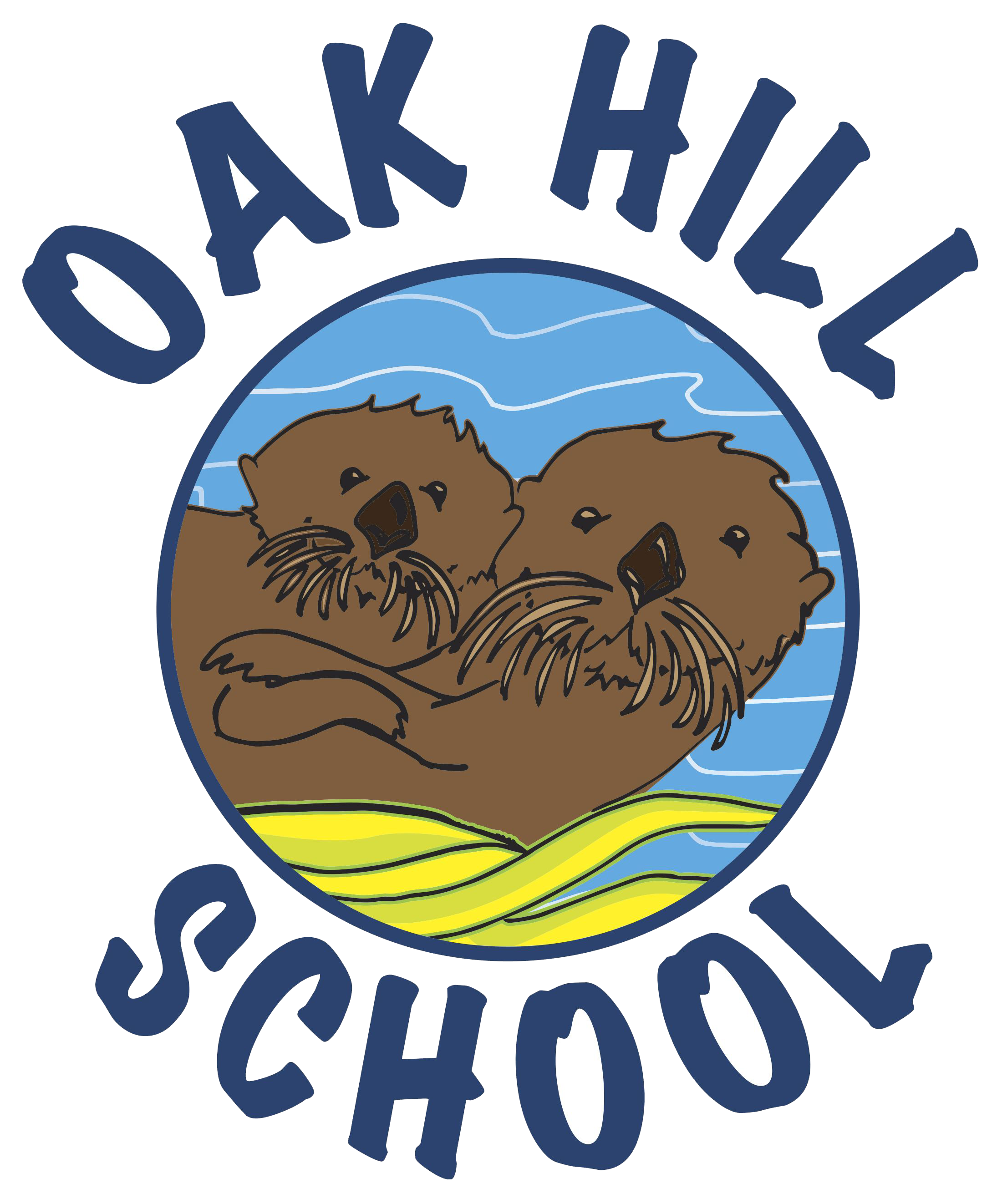This school year 3rd and 4th grade classes at Oak Hill engaged in project based learning experiences! You might be asking, what is project based learning? According to PBLworks.org, “PBL is a teaching method in which students gain knowledge and skills by working for an extended period of time to investigate and respond to an authentic, engaging and complex question, problem, or challenge.” Project based learning engages students in critical thinking, problem solving, collaboration, and creativity all while mastering key grade level standards.
In Mrs. Spelt’s and Mrs. Kaplan’s third grade classroom students participated in 5 different project based learning experiences. In one of the units, called Mystery History, the essential question was: How has Escondido changed from long ago to today? Students became history detectives who analyzed historical images to compare life in Escondido from long ago to today. For example, students observed an image of a grinding rock located in Grape Day Park to understand how long ago the Kumeyaay lived along the Escondido Creek. Students then used Google Earth to observe how Grape Day Park is used today. Many students were surprised to learn that the Kumeyaay lived along the river right where they enjoyed playing on the playground structure. Students loved analyzing historical images of Grand Avenue when people drove horse carriages along a dirt road and tied up their horses to horse hitches that still exist on Grand today. In the culminating project, students created informational videos to share about the history of Escondido with others.
In Mr. Wood and Mrs. Sautia’s 4th grade classroom students engaged in 10 different project based learning units this year! In one of the science units, the students engaged in the essential question: Earthquakes cause the earth to move and can have devastating effects. How can engineering help us build structures that are earthquake resistant? In this unit, students learned the science behind earthquake waves and what causes earthquakes. Then students collaborated together to design a structure that utilizes earthquake resistant engineering. In the image below you can see one group’s blueprint that uses an engineering design called “tuned mass damper,” which includes a weighted mass near the top of the building. In the video you can see how effective this design is. When the shake table engages you can see how quickly the building stops swaying. You can also see how the students used cross bracing to strengthen the building. Through these hands-on learning experiences of designing, creating, testing, and refining students learn real world skills while also mastering key content standards. After learning about the science behind earthquakes and engineering earthquake resistant structures, students created infographics to help others learn how to stay safe before, during, and after earthquakes.
While these project based learning experiences have helped students learn standards in history, science, and English language arts, they are also finding joy in learning! Students are learning how important it is to work together as a team to accomplish tasks and that their learning has the potential to impact the community.

